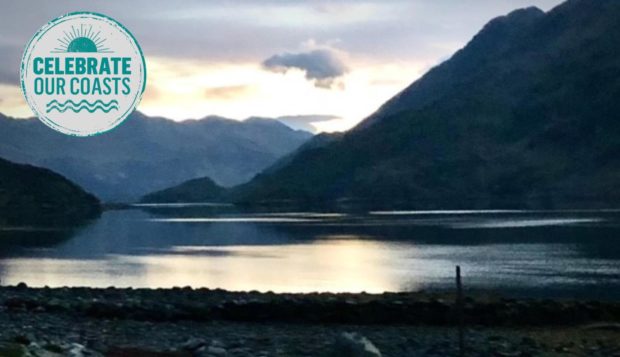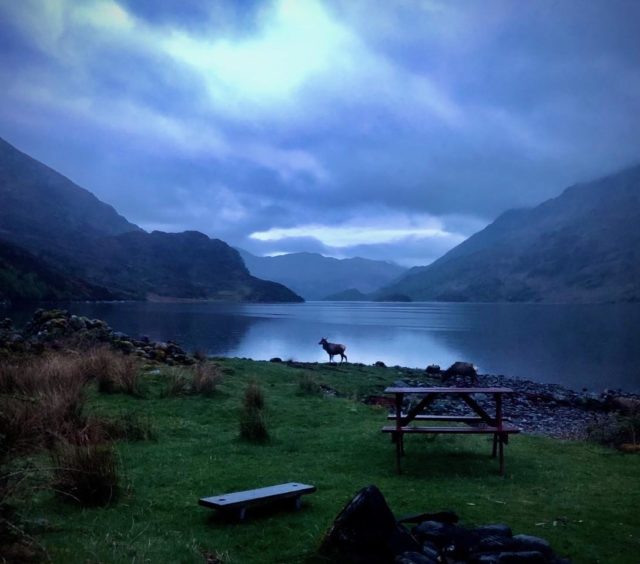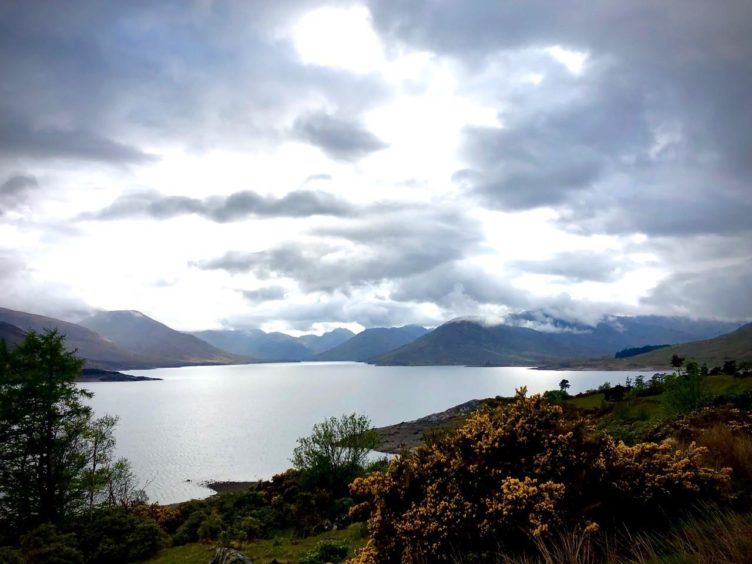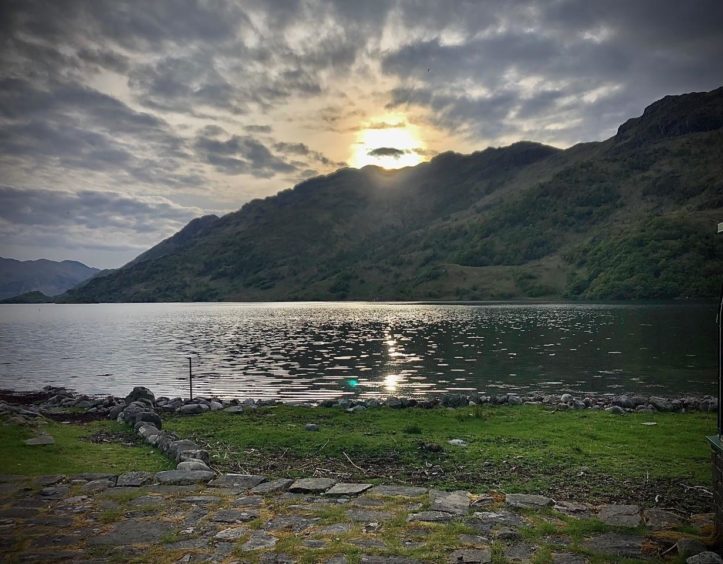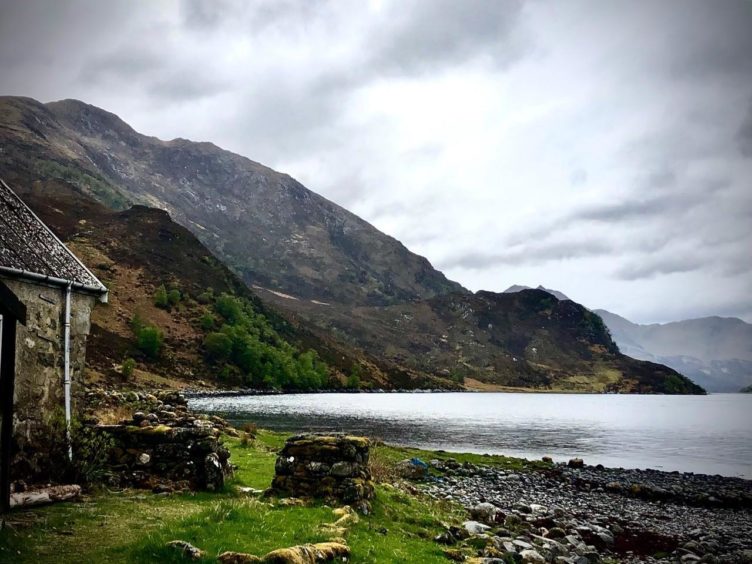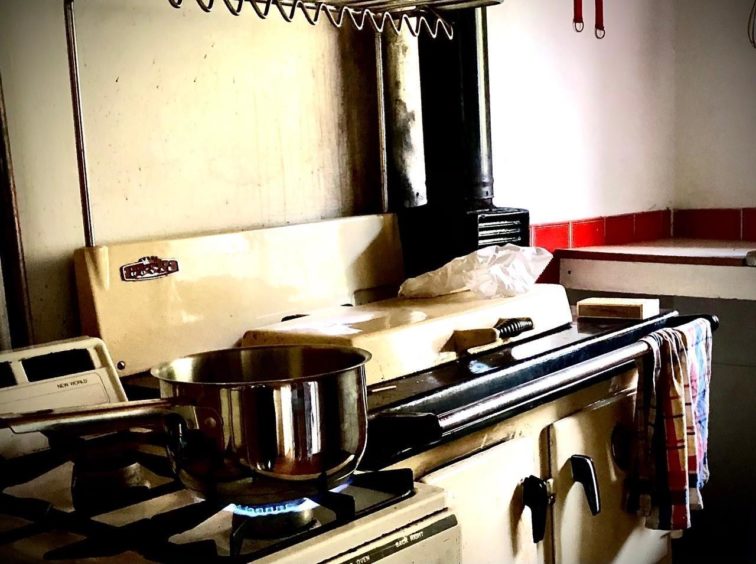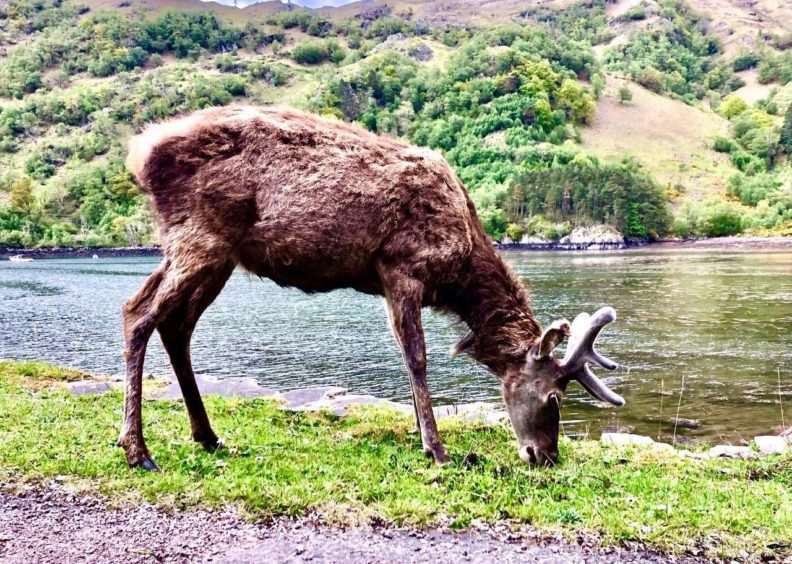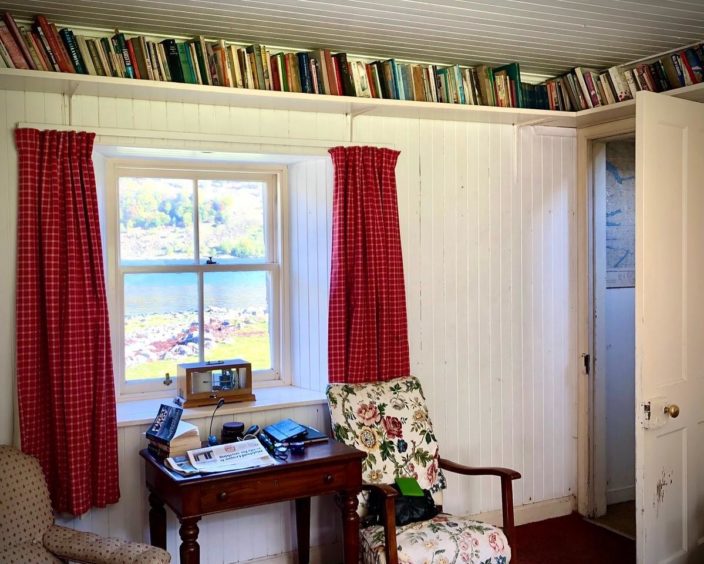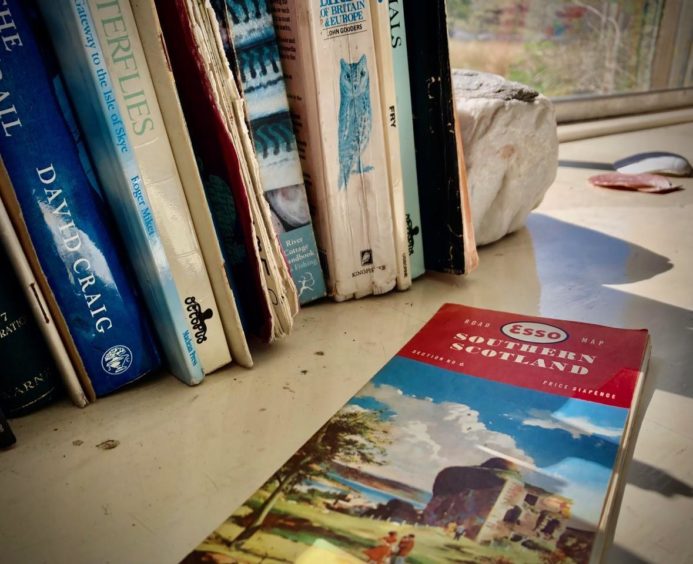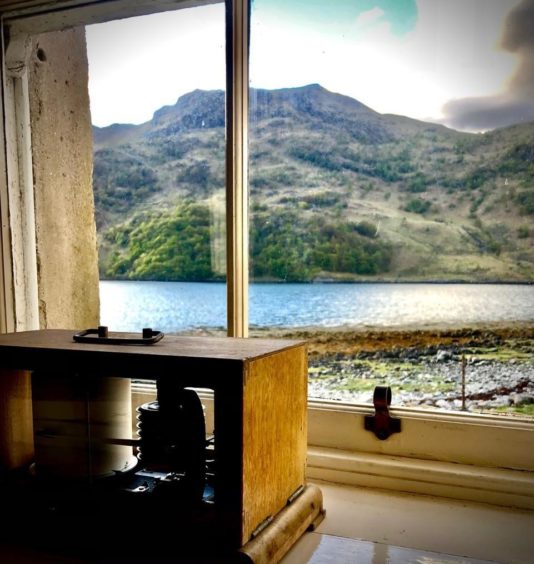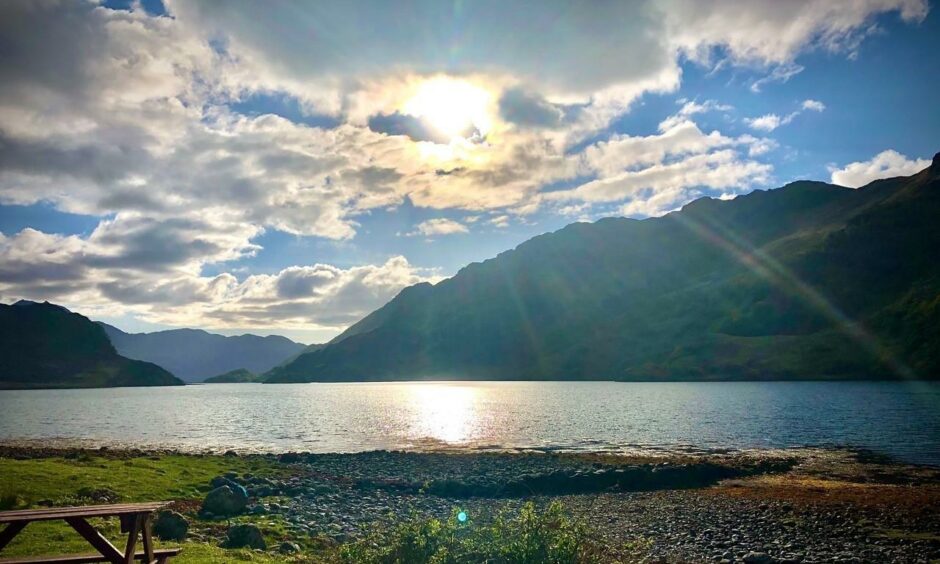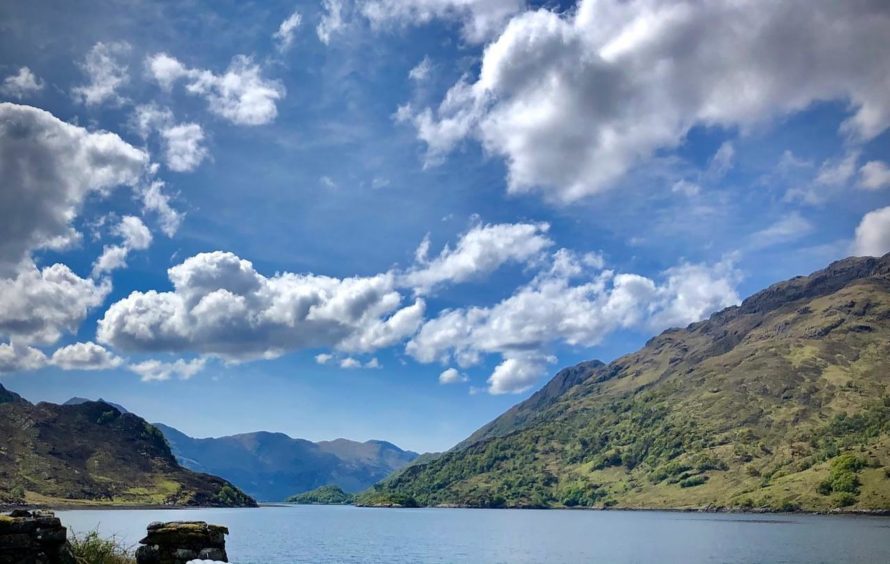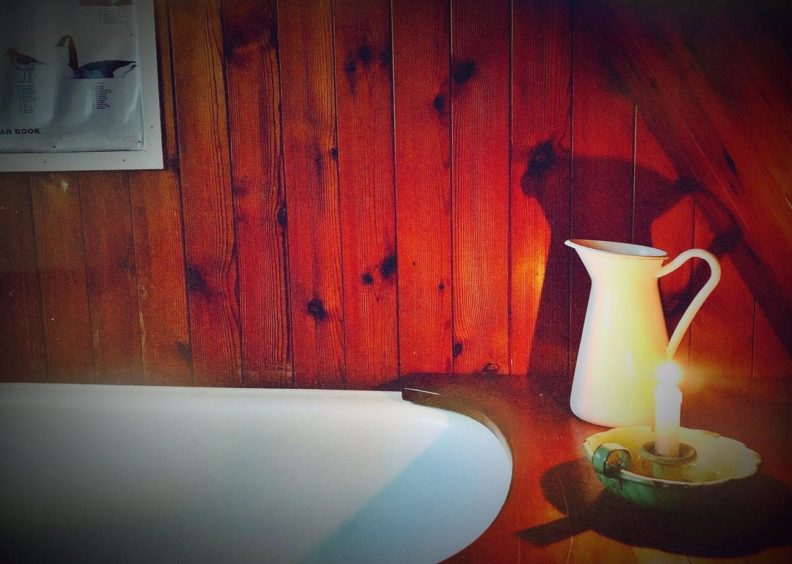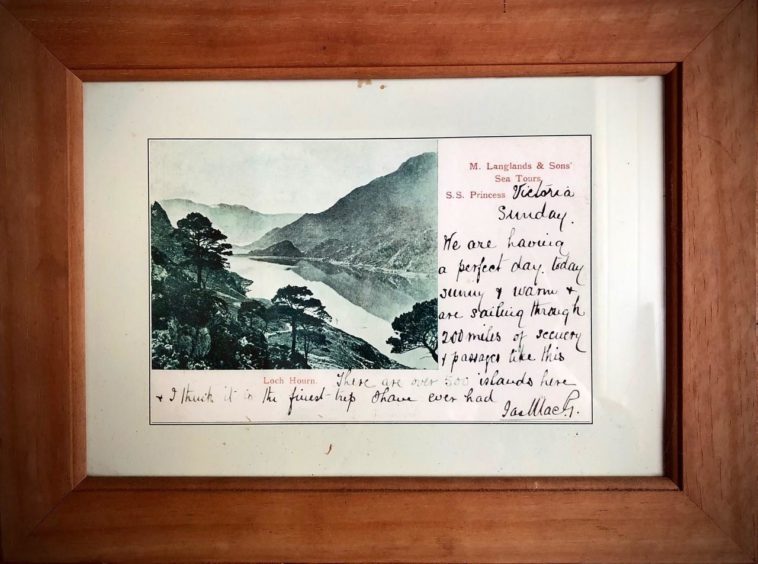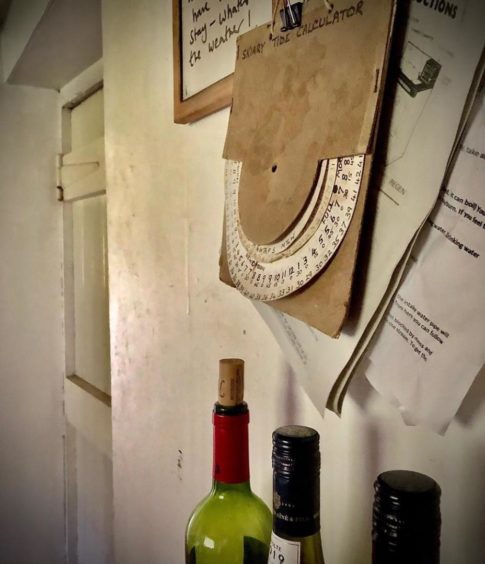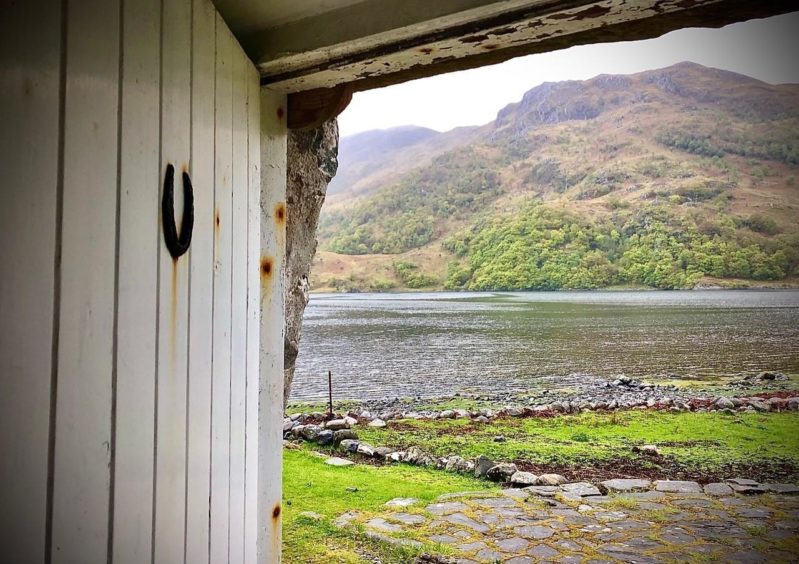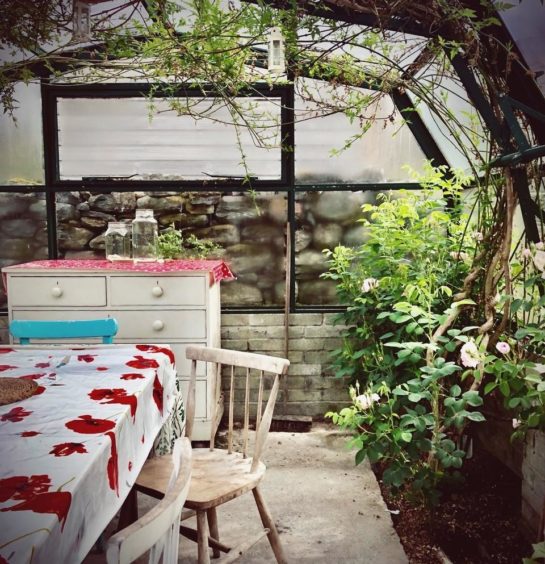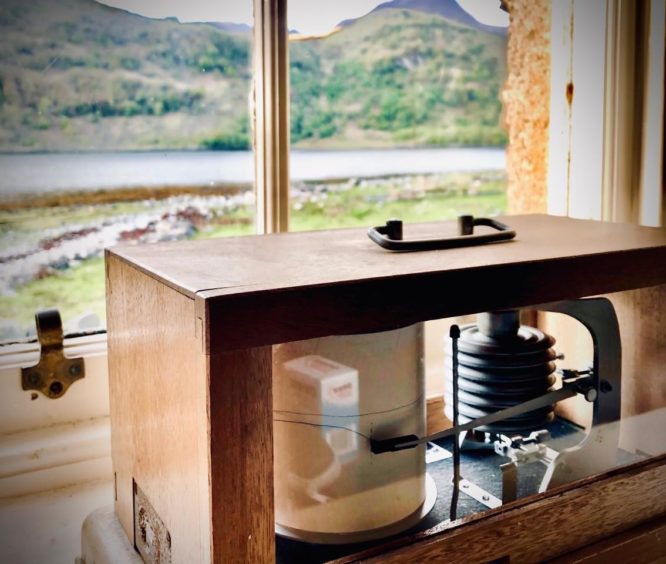Often described as a wilderness, the Knoydart peninsula offers something that’s rare these days: a completely off-grid life.
Situated on the west coast between Loch Nevis and Loch Hourn, Knoydart covers around 55,000 acres. Cut off from the UK mainland road network, access is by boat or by foot with the landscape home to four Munros and numerous Corbetts.
We spent a week at Skiary Cottage on the north side of Knoydart and so came in from the A87. Taking that final turn-off at Loch Garry you could be forgiven for thinking you were on the home straight with the destination almost in sight. As the crow flies, it seems a pretty direct route. In fact, it’s at least another 45 minutes’ drive along a road that becomes smaller, narrower and more unpredictable.
The further we travelled along, the more patchy our mobile phone and internet reception became until eventually there was nothing. Essentially, our hi-tech kit was rendered useless except for games of patience. There was nothing else for it – we would have to have actual conversations. But what we lost in mobile reception we gained in scenery and wildlife, with small herds of deer appearing from time to time to give us a curious glance, their stately shapes silhouetted against the sky.
The tea room at the head of Loch Hourn has to be one of the most welcome sights for travellers. Although many regular visitors will be used to its offerings and respite after a long drive, for a newcomer without a phone signal, it was a blessing to know there was human activity close by. However, here, the road ended for us and after that, travel was by foot.
Having undergone refurbishment, the tea room offers a store, phone access, guides to the area and information on boat hire. So after a quick visit, we parked up, unpacked the car, heaved on our heavy rucksacks and set off along the narrow coastal path to the cottage.
Parts of the path had erratic terrain, with slippery seaweed and sharp, rocky drops to navigate – and it was easy to lose focus as the scenery and hills that rose around us were stunning, with seals playing in the loch close by.
Lonely Skiary on the shores of Loch Huorn – the most dramatic of Scotland's west coast sea lochs.https://t.co/f9WU1fb3Op pic.twitter.com/MvLCl3rSl9
— walkhighlands (@walkhighlands) September 27, 2019
However, just under 50 minutes later we finally arrived. One last scramble over a gushing rocky stream and Skiary Cottage stood before us, a few feet from the loch’s edge at high tide.
Skiary was one of six cottages in a hamlet of mackerel fishermen until the 1950s. Owned by the Everett family, the cottage was restored in the ’80s and was run as a bed and breakfast.
A former bustling settlement
In this way it honoured its heritage having once been home to an inn for passing fishermen in previous centuries. In fact, the ruins of several buildings lay scattered around us revealing a once-thriving community and stopping point for visitors.
Surrounded by a long beach, with a hill and forest behind – and without internet, central heating, electricity or reliable telephone – we very quickly became aware of the solitude and peace. Complete silence surrounded us: no electrical humming, no gadgets, no ambient noise, no distant traffic. Sheer bliss.
Getting to work, the old Raeburn stove was fired up for heat, hot water and food, and solar chargers quickly became our best friends to keep torches powered for the evenings.
One dip in the bracing hill waters of the stream was not repeated
With water coming directly from the stream behind the cottage, bathing options included using jugs of water to shower, a swim in the sea loch or a dip in the stream. Although fancying ourselves as rather rugged after a few days, swimming in the loch definitely required a rash vest or wetsuit. One dip in the bracing hill waters of the stream was not repeated.
Meeting stags and does in the garden was a regular occurrence, with these elegant creatures appearing at ease around us. In fact, one young buck was rather brazen, eyeballing me as I nervously edged past, uncertain whether the velveteen nubs of his freshly-sprouted antlers would be enough to send me packing and into the water.
In the event, we passed each other centimetres apart and without incident. With deer in our garden twice a day to nibble on seaweed, they – along with otters, seals, birds and stoats – became our closest neighbours.
Without other human contact, we relied on walkie talkies when hiking or canoeing out of sight of each other – old-fashioned, but they did the job. In fact, that really was the theme of the week.
The absence of distracting tech meant there was plenty of time to set the fireplace and keep the old stove burning, and to read the books we’d bought each other for Christmas but never had the time to pick up.
We scoured paper maps in the Everetts’ lovely old home, tried (and failed) to work out the hand-made tide calculator, used books to find information on the nearby Ladhar Bheinn, mainland Scotland’s most westerly Munro, and listened to the cuckoos’ calls echoing and bouncing from the hill behind us across the loch.
Walking, cooking, talking, reading – old-fashioned and simple pleasures, but things we often don’t make enough time for in our busy lives.
After a week at Knoydart we felt fully recharged with a deep appreciation of life without mod cons – but it was still a pleasant thrill to hear our mobile phones beep, bringing us back to reality once more.
- For Knoydart accommodation, food and access see visitknoydart.co.uk and knoydart.org
